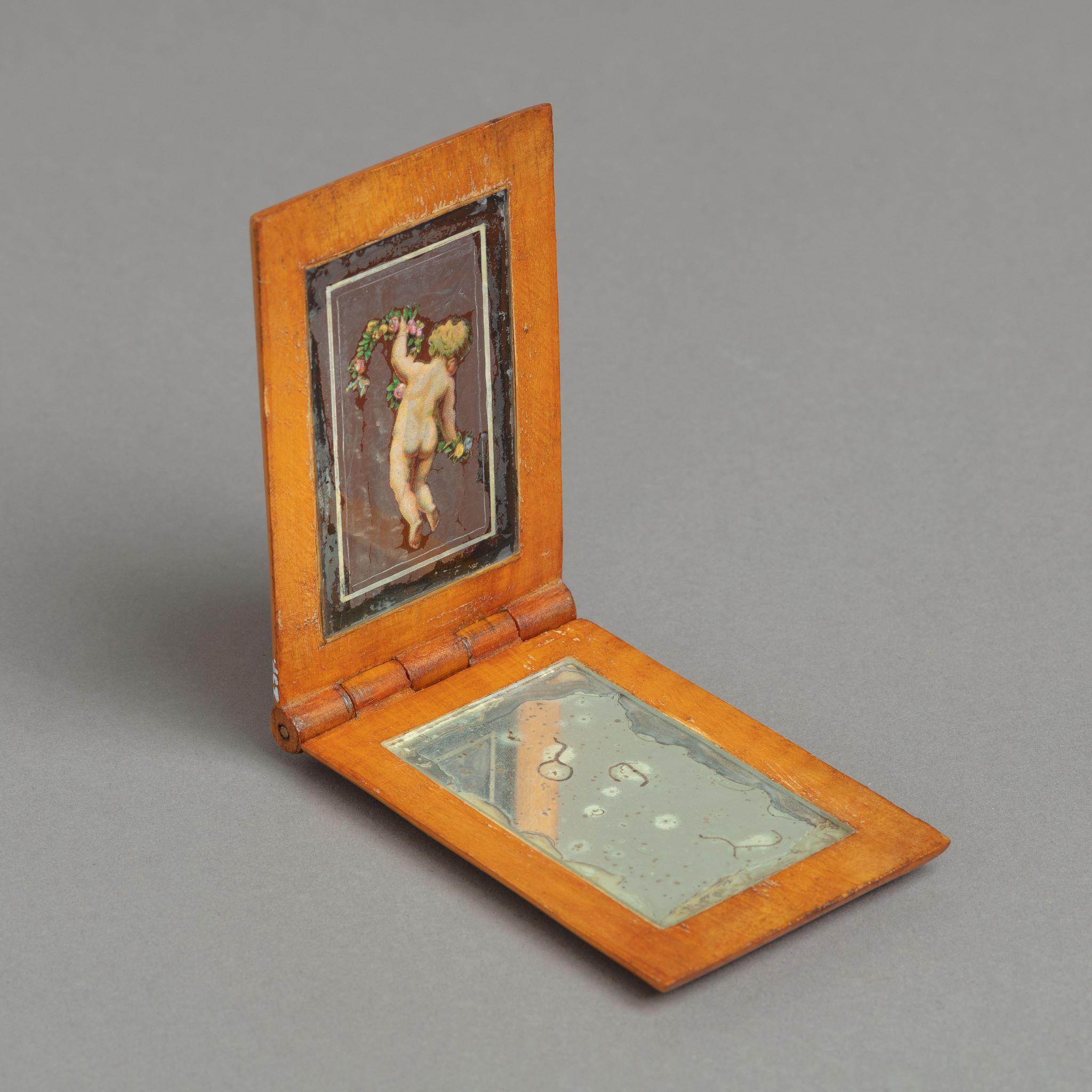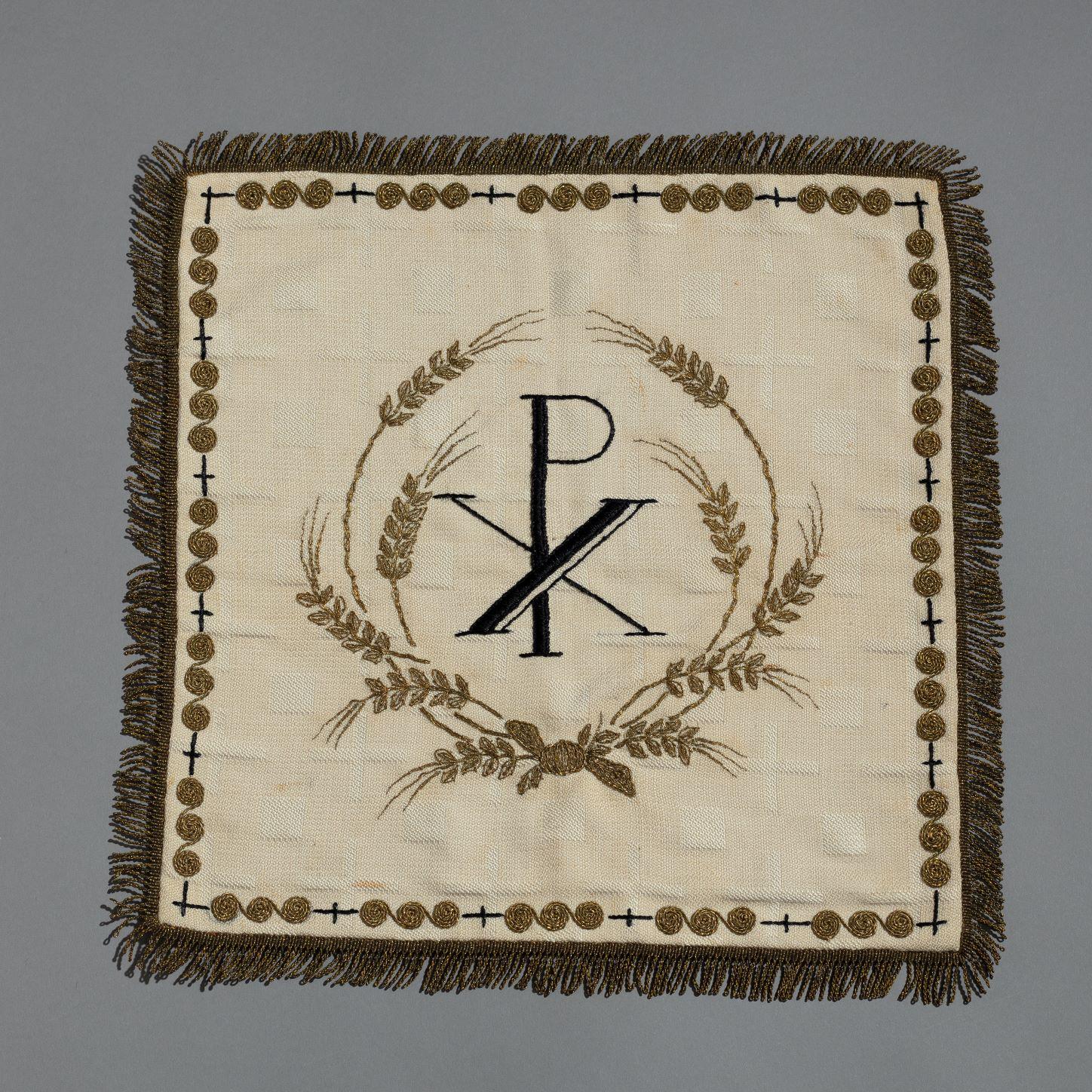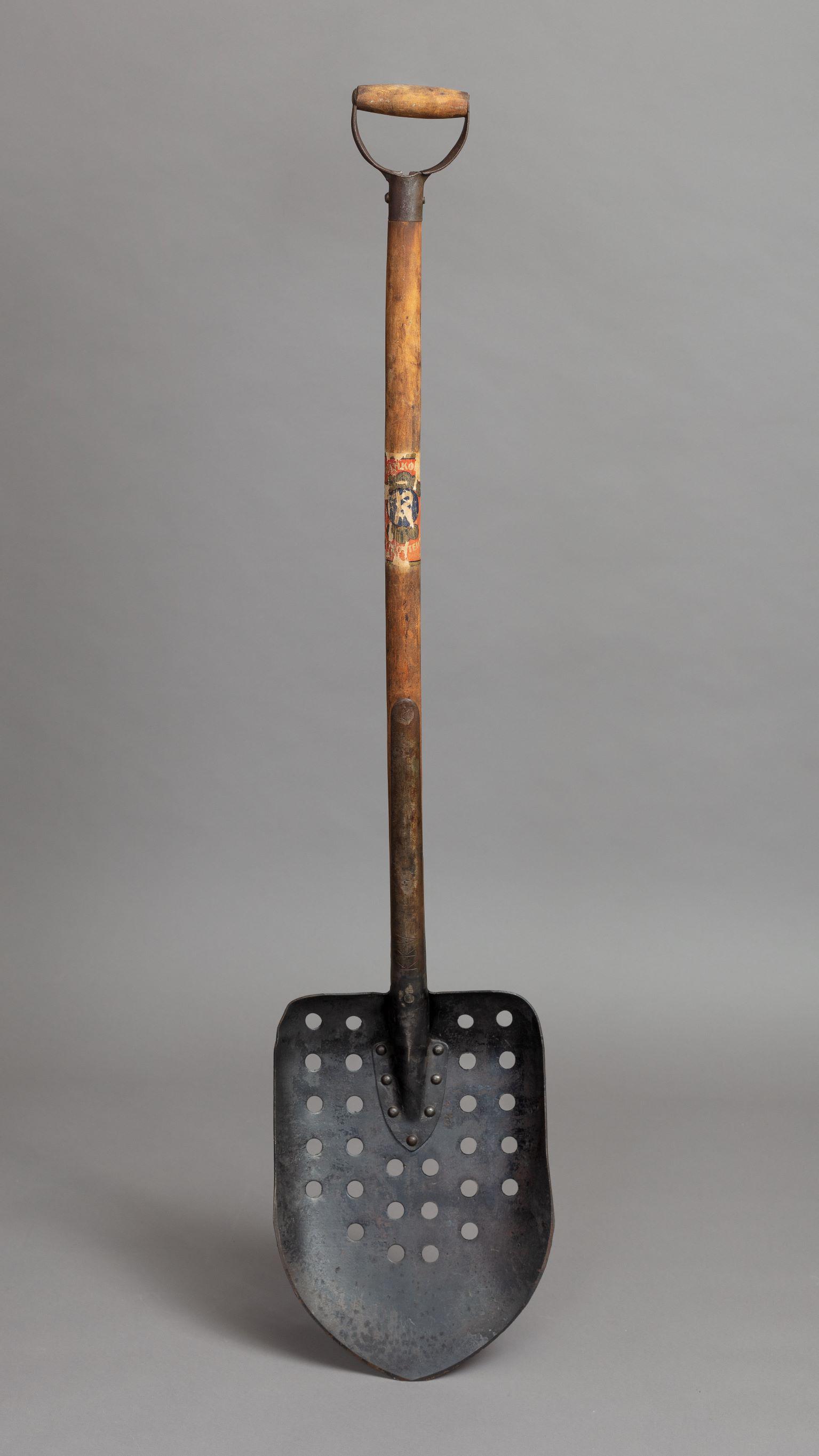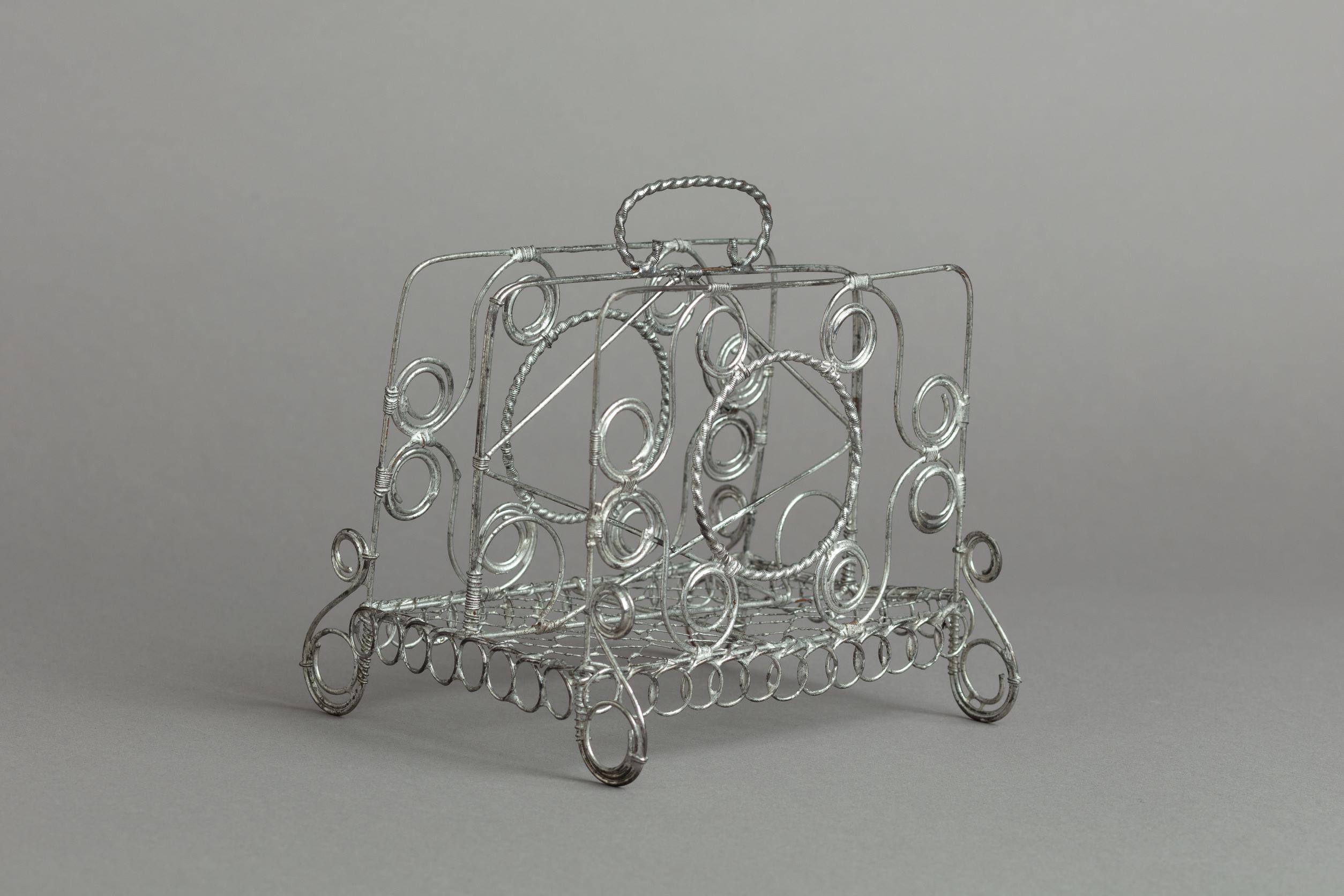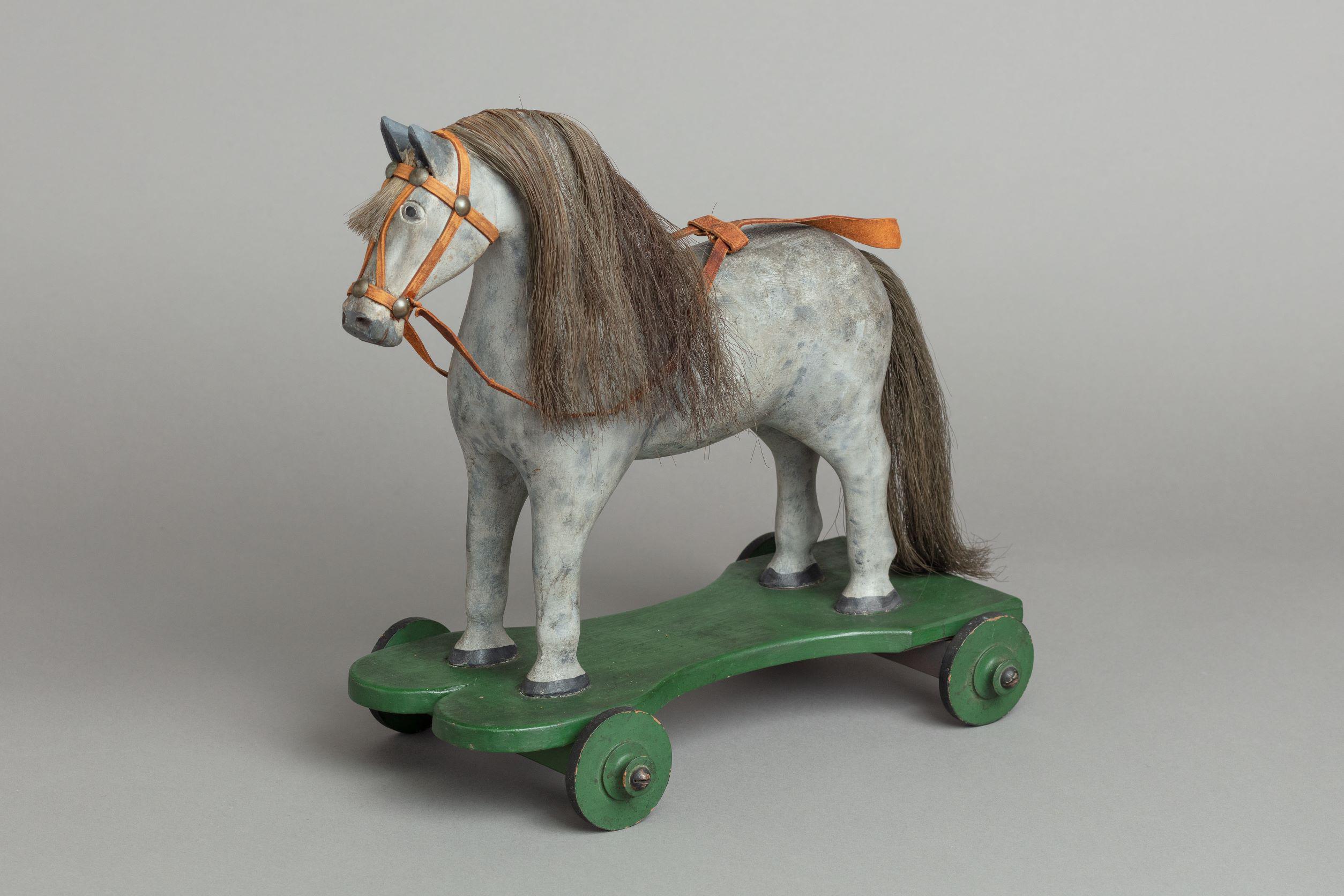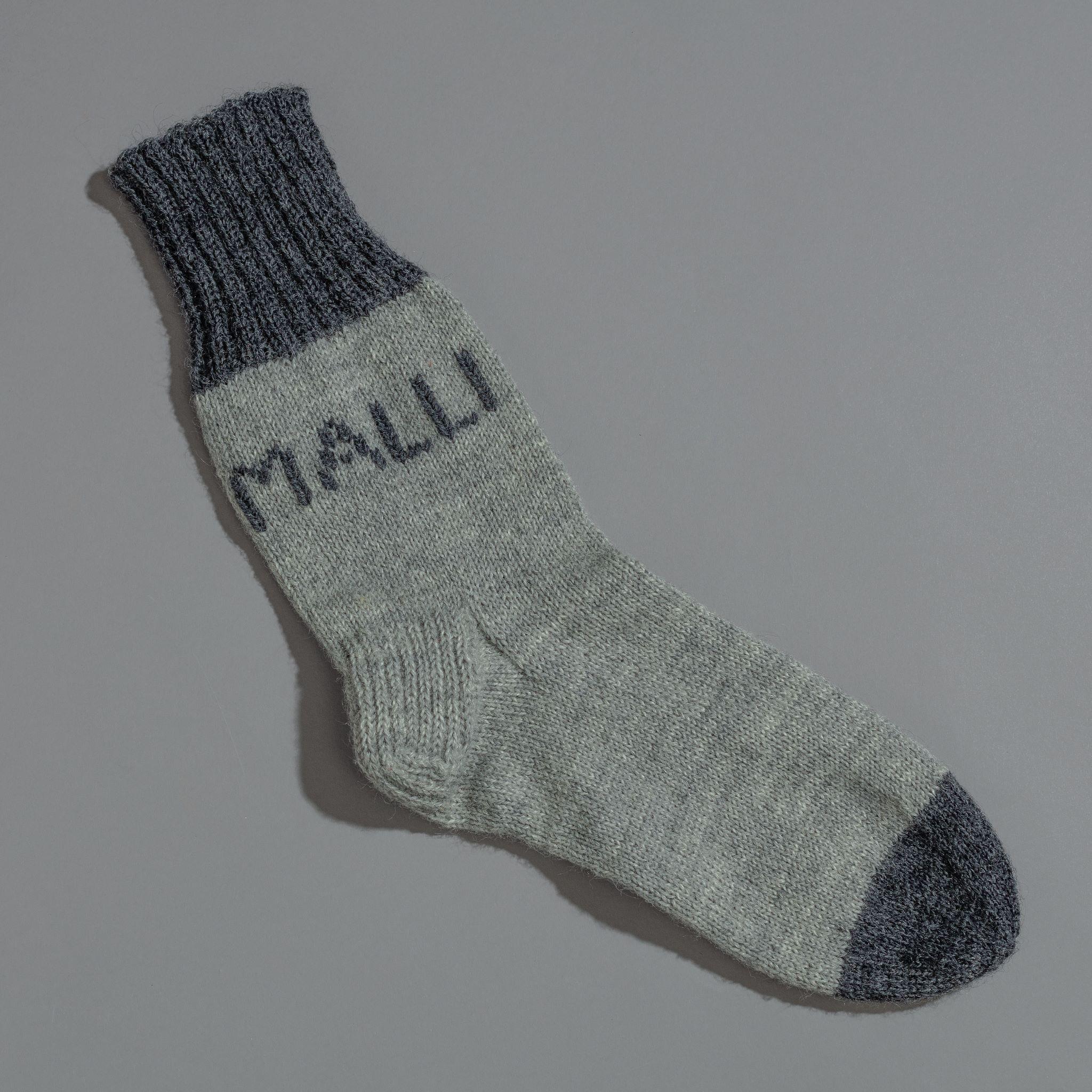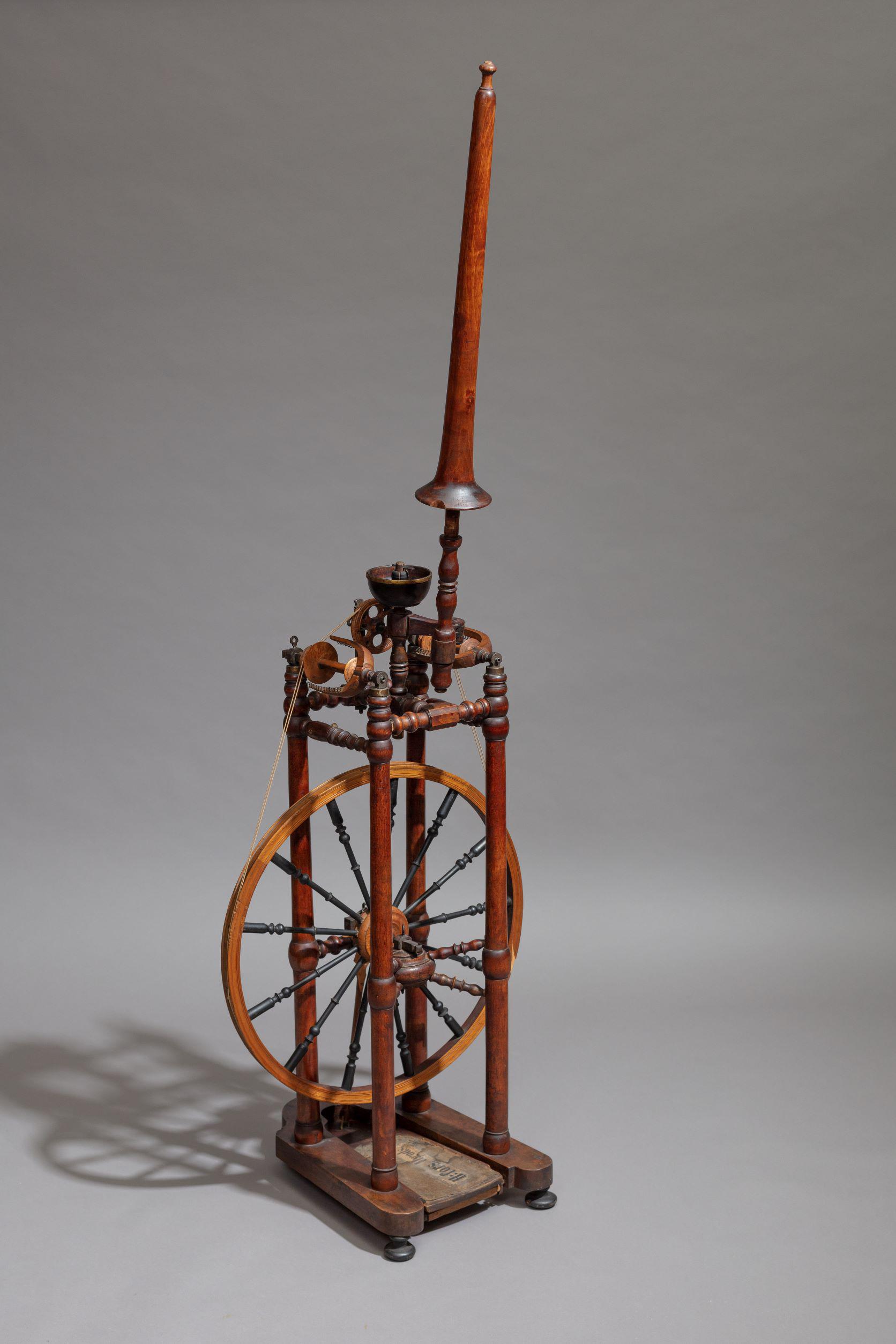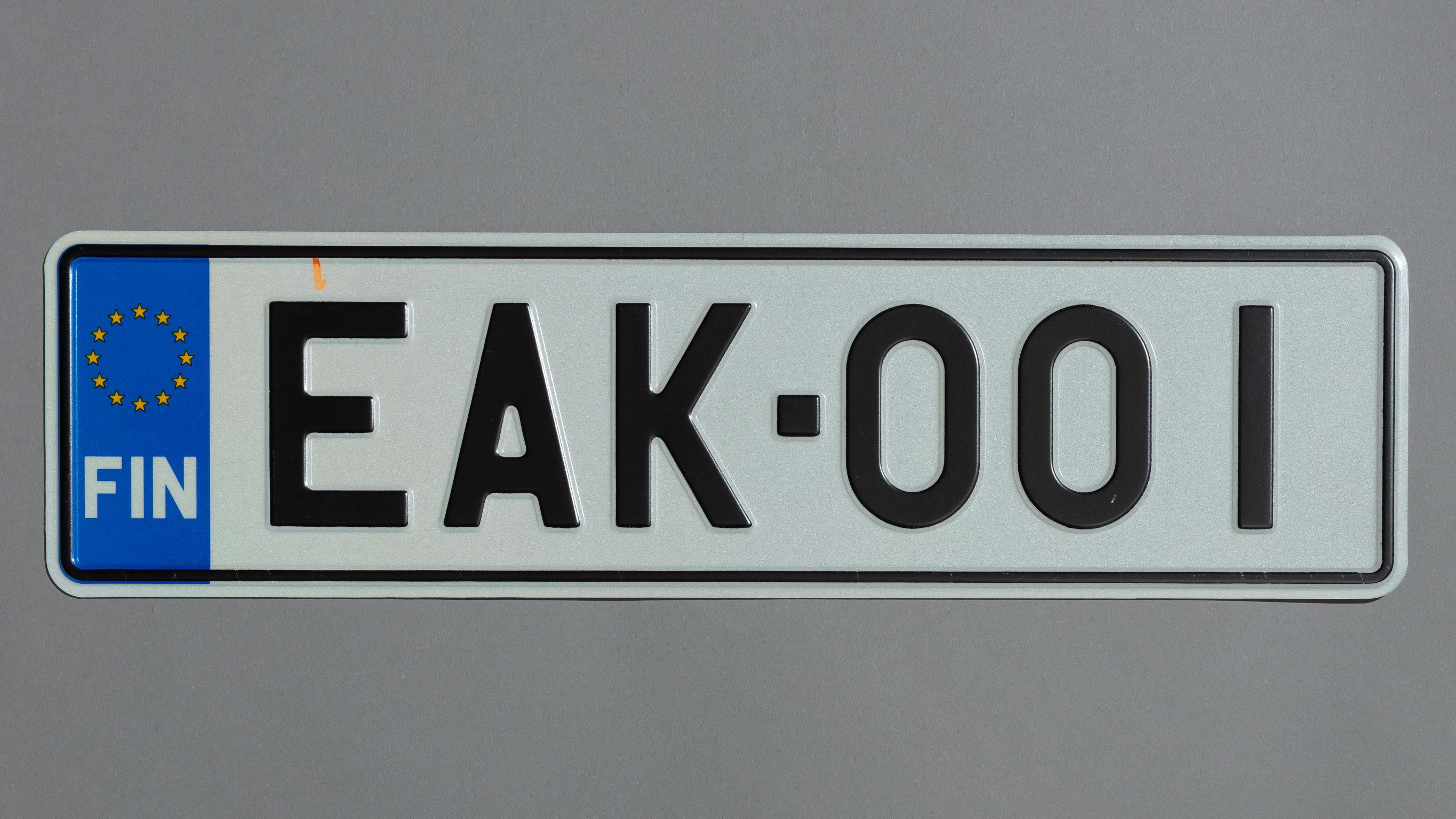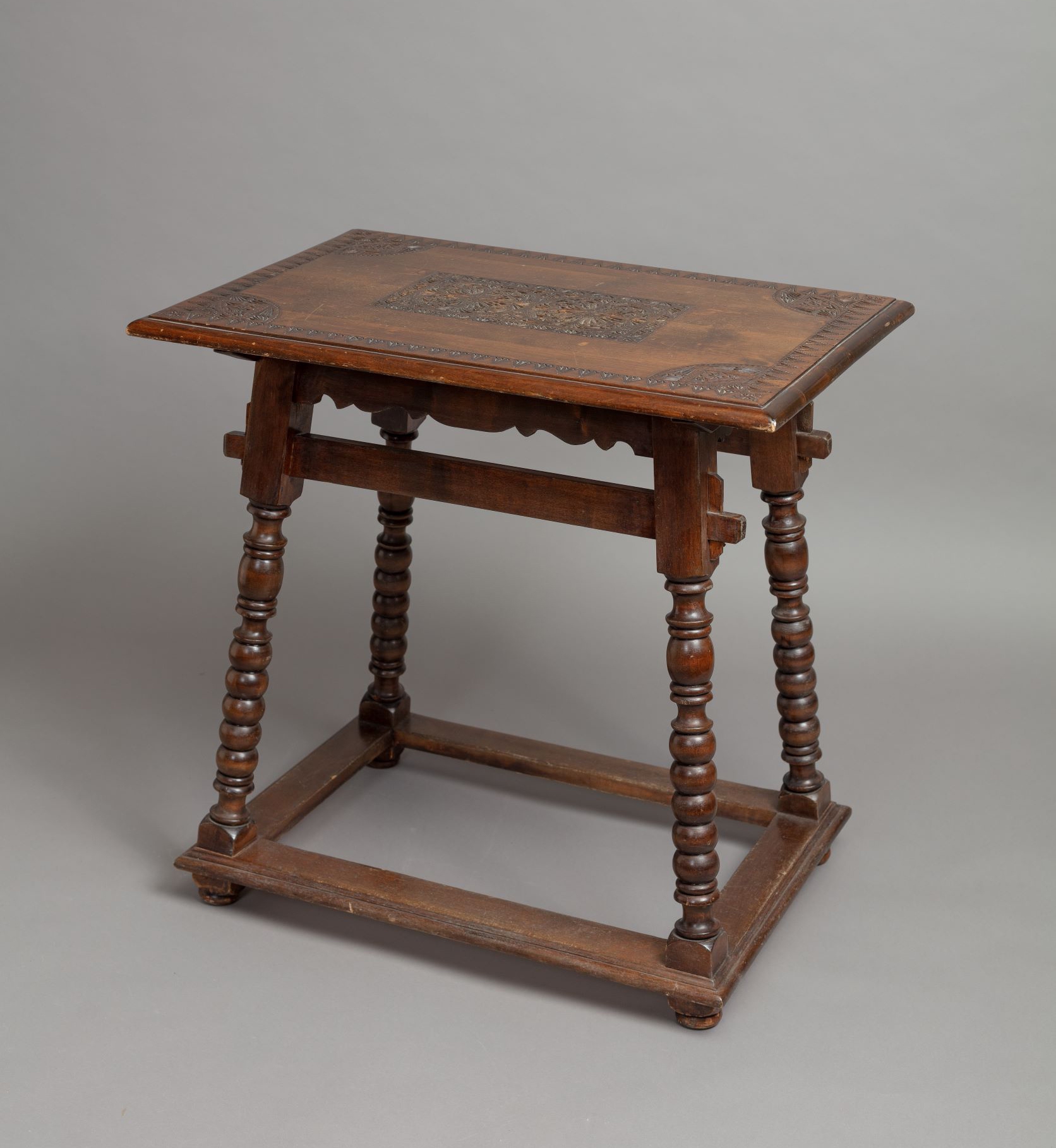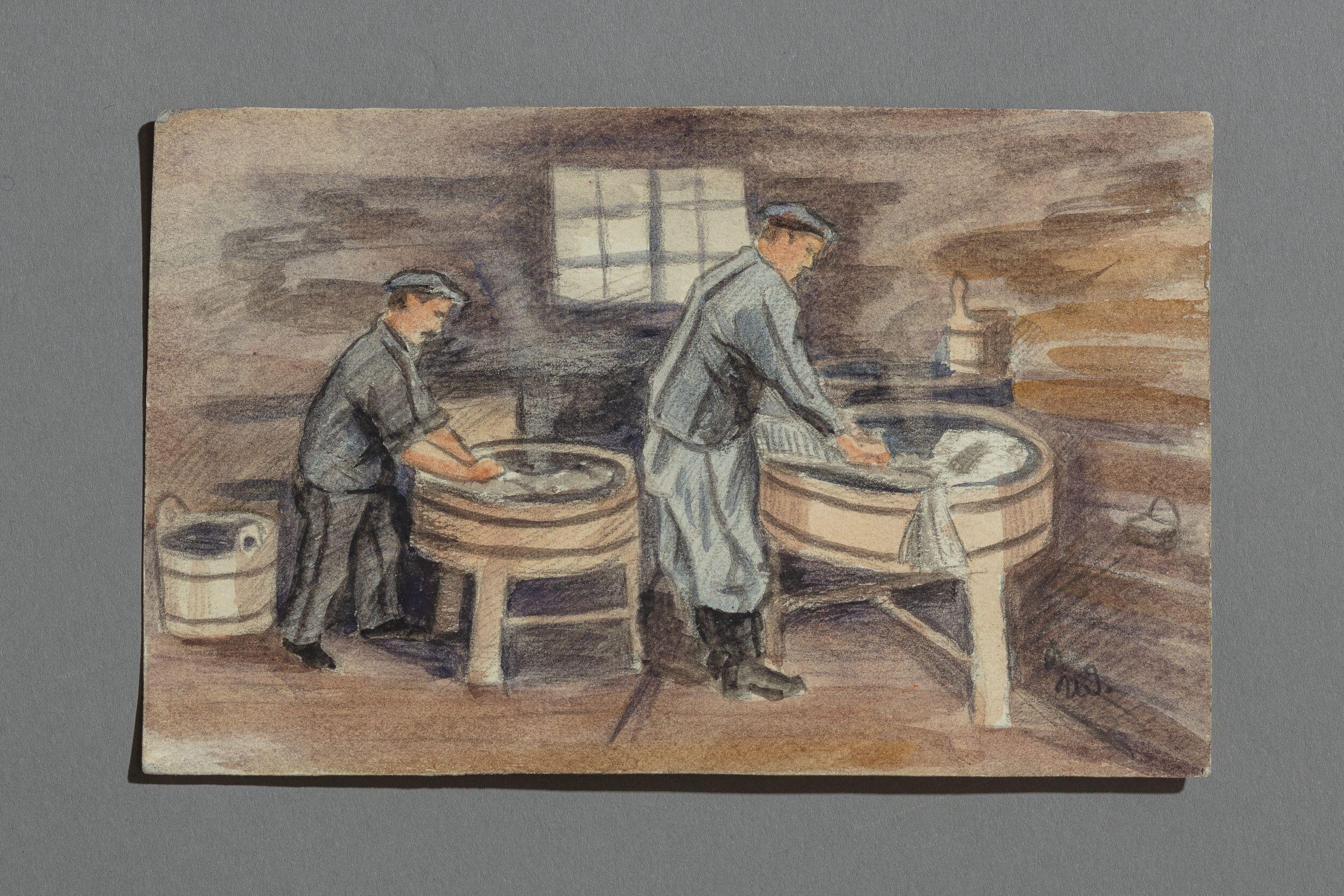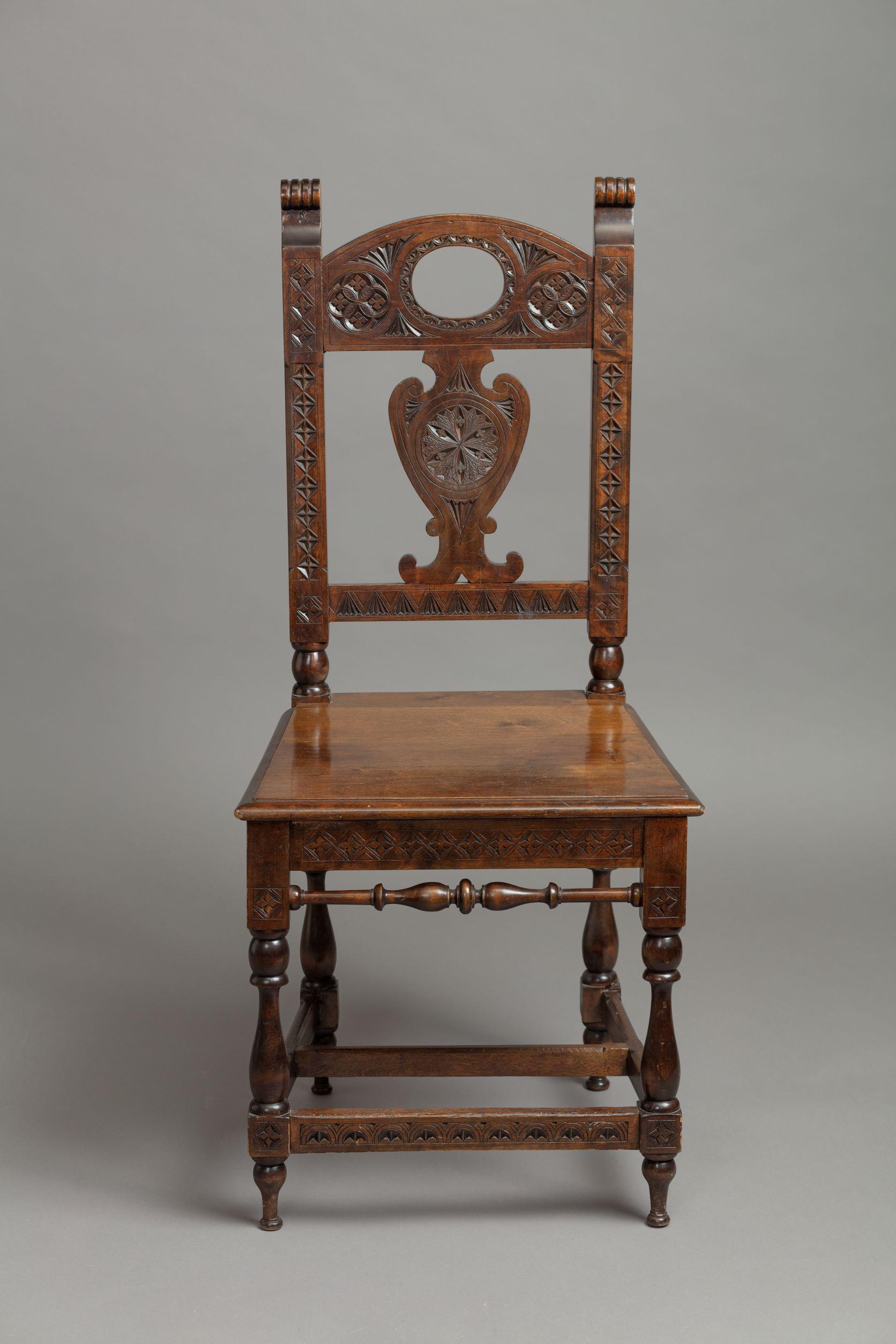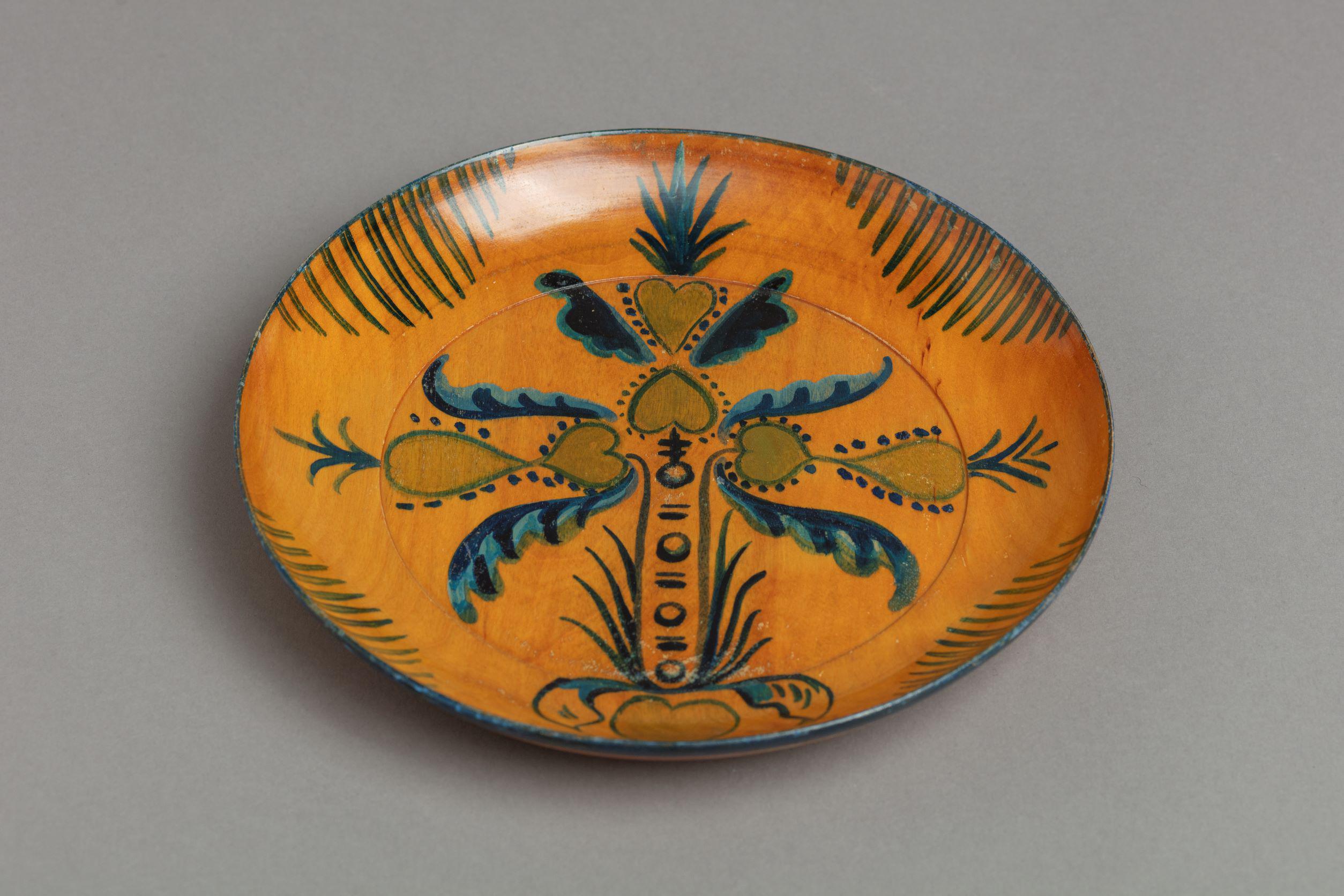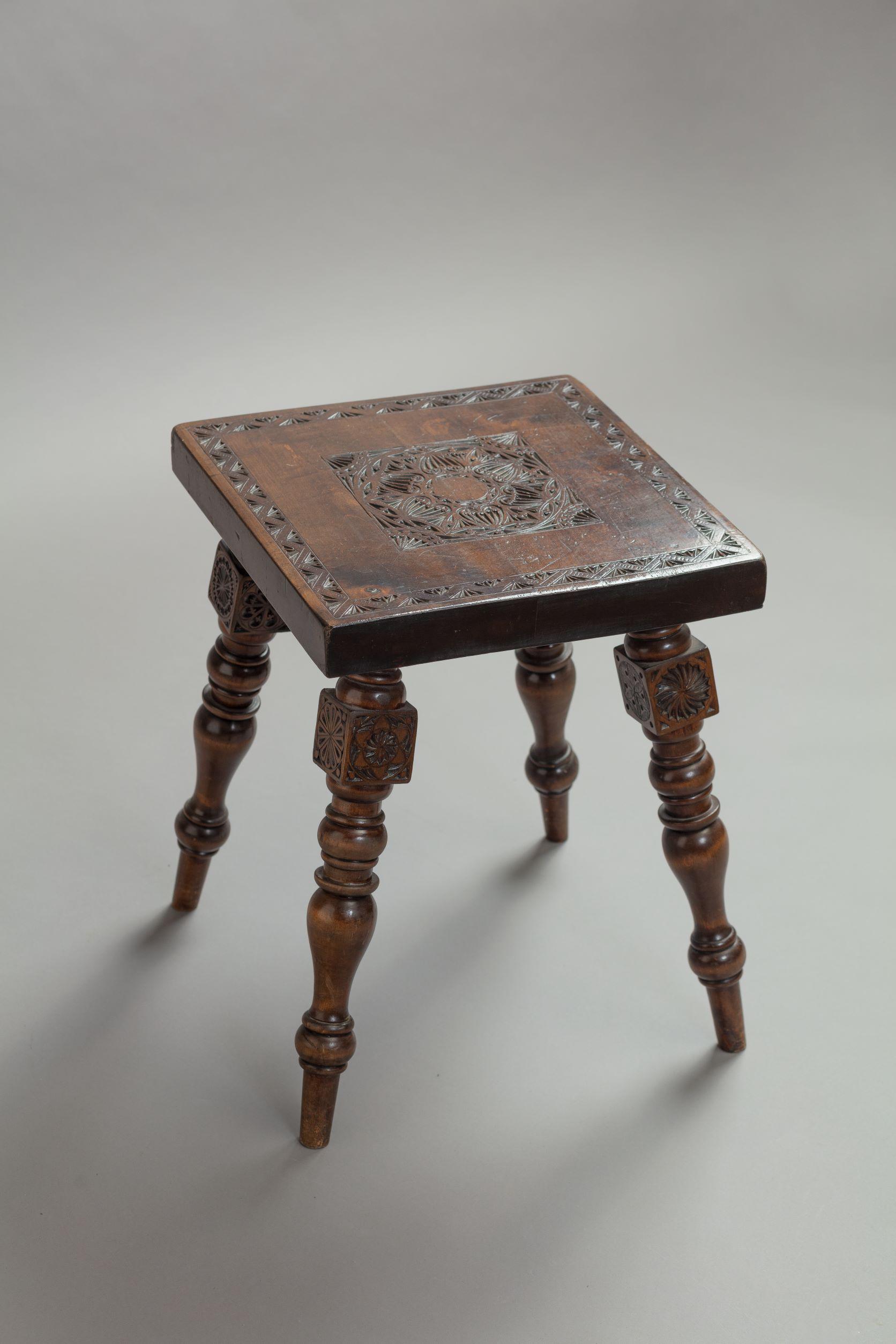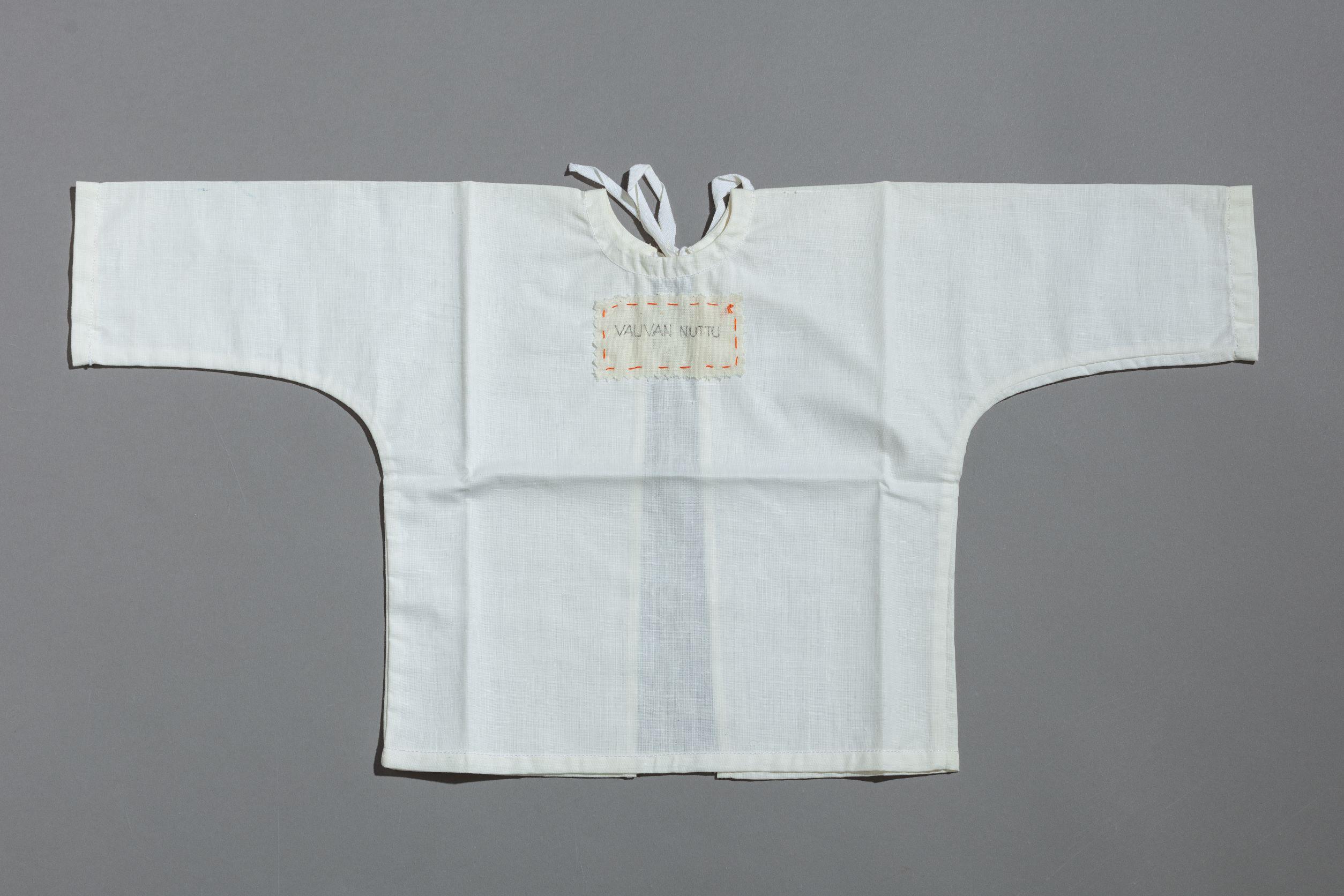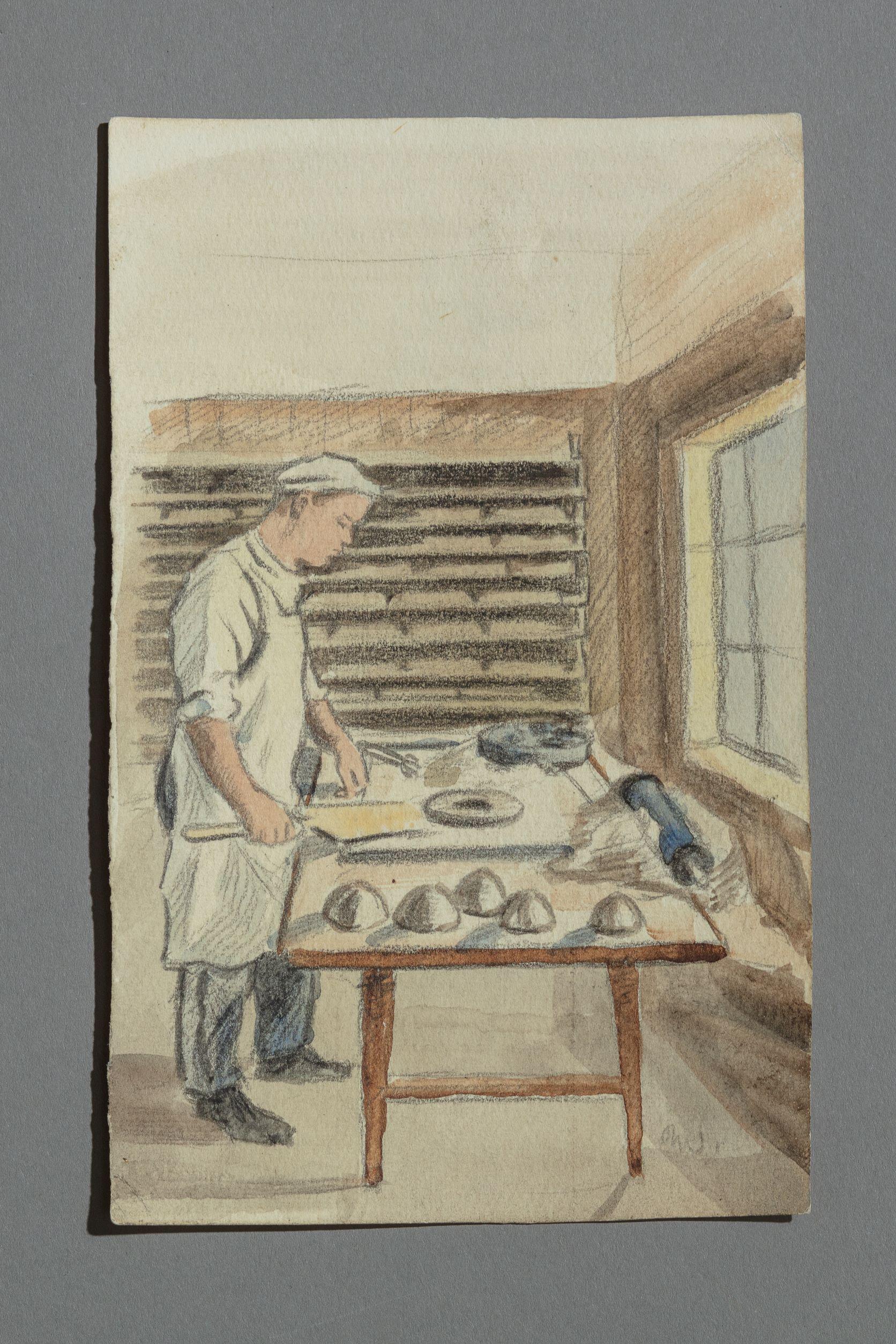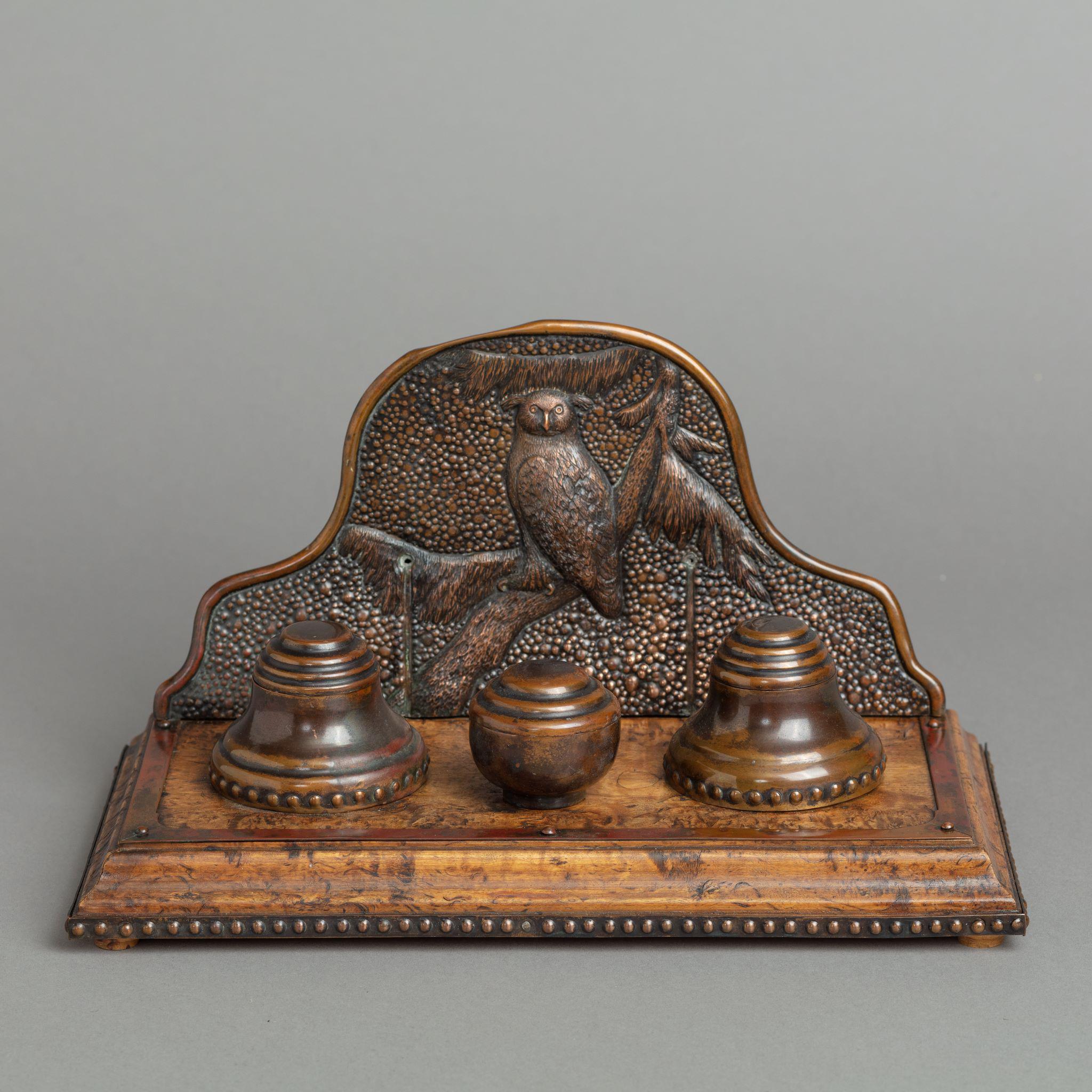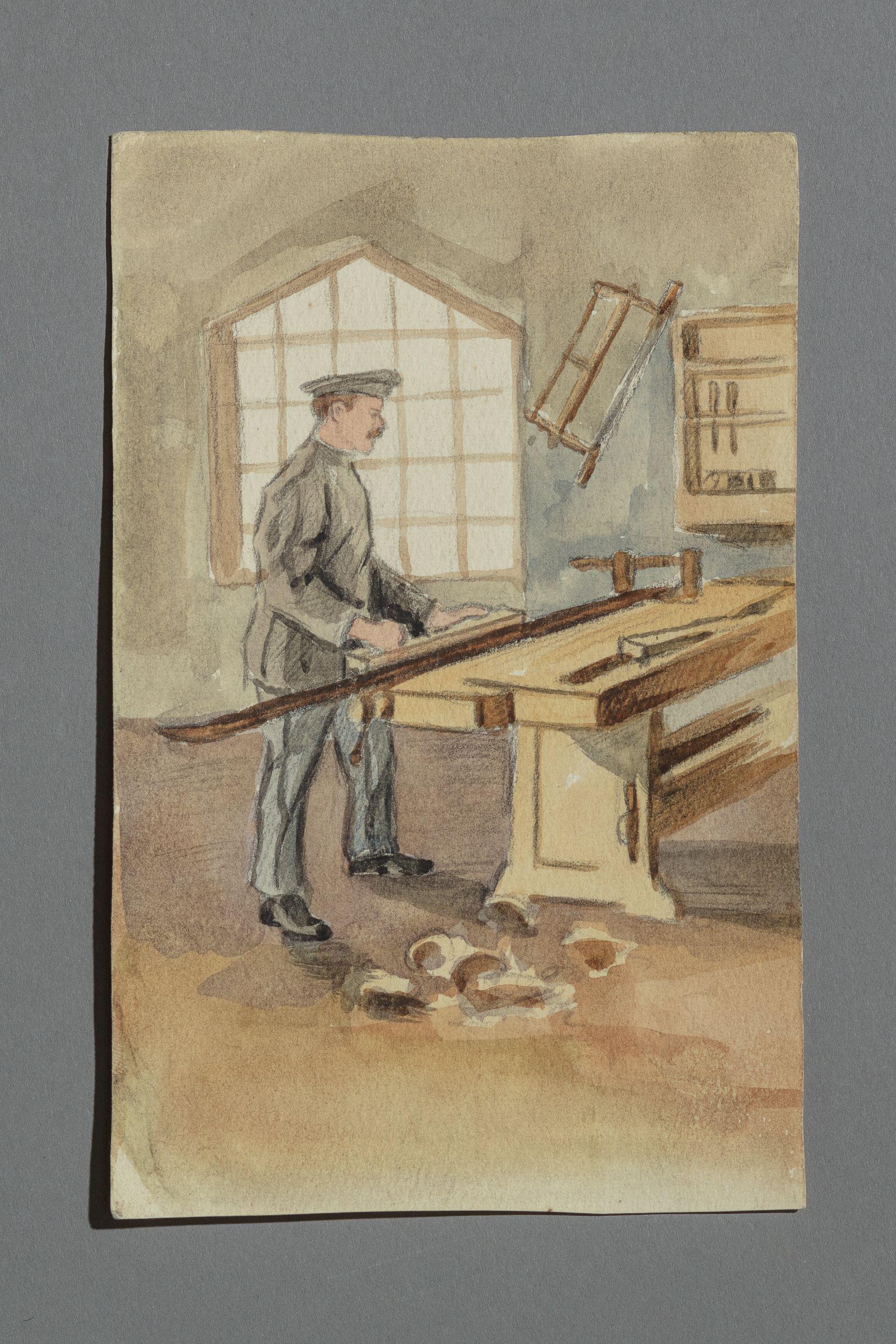Products made by prisoners from the collections of the prison museum
Penal labour is one of the earliest forms of punishment used in Finland. In the Swedish Empire, forced labour was used as early as in the 16th and 17th centuries to punish those who did not pay their fines, but penal labour as a separate form of punishment only increased in the following centuries. By the decision of the Russian Emperor, penal labour institutions for vagrants sentenced to forced labour were established in Finland from 1839. Later, in 1889, a penitentiary punishment was imposed, remaining in force until 1975. Divided into hierarchical classes, the penitentiary prisoners served their prison sentences by working.
The days in penal labour were hard and long. The prisoners worked from early in the morning until dusk, and the work was only stopped for meals and prayers. The prisoners did not have to work on Sundays and important holidays. They received minor compensation for their work. The aim of forced labour and prison discipline was to shape the prisoners into decent citizens and to cover some of the costs of prison administration. In the 1860s, prisoners’ lives gradually diversified: in addition to working, their day included compulsory outdoor activities and physical exercise as well as school attendance.
The work done by prisoners varied from small crafts to large building projects. Prisoners made products for the prison’s own use and industrially produced sales products. Confining prisoners in small cells limited the forms of work. Small handicrafts and matchboxes were made in cells. Crafts played an important role in prison work, as prison guards, for example, were required to master some form of craftsmanship.
Work done by prisoners was divided between men and women in the same manner as in contemporary society. Male prisoners did heavy field and quarrying work. Prisoners built fortifications, canals, railways and, later on, airports. Male prisoners also produced various metal handicrafts and worked in tailoring, shoemaking and carpentry. In the 19th century, prisoners in the Turku penitentiary, Kakola, made tombstones, fishing equipment, baskets, prams, furniture and birdcages, among other things.
The task of female prisoners was to spin yarn from vegetable fibres and wool, which were then woven into various fabrics in the prison. Prisoners made everyday textiles and clothing and also repaired them. Textiles were made for prisons, for state organisations, for private persons on request and for sale. Some of the products made in the Hämeenlinna women’s prison were fabrics woven from spun yarn, lace, buttons and embroidery. The craftsmanship of the supervisors and prisoners was often first-class, and high-quality and detailed products were made by prisoners.
Select an image for more information
